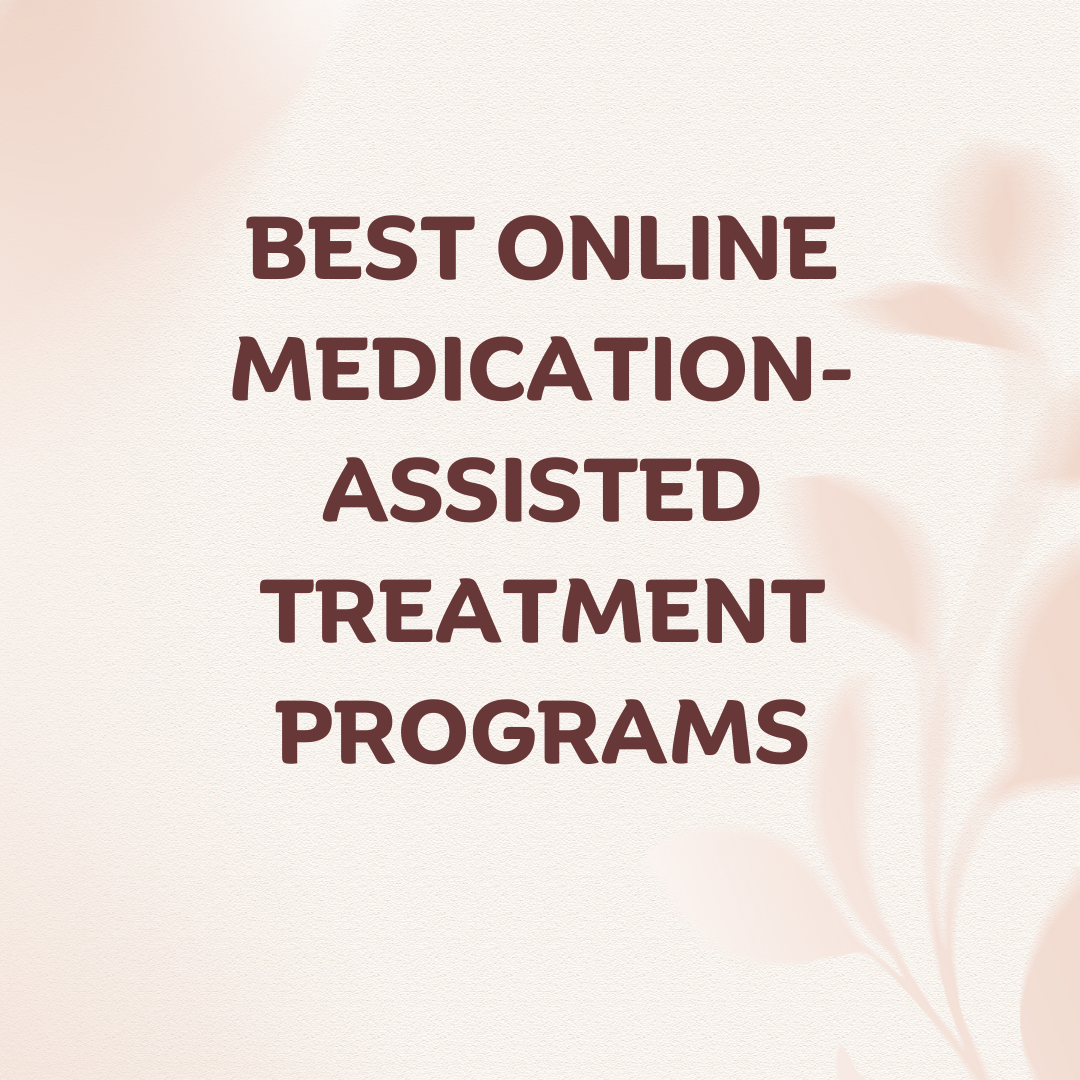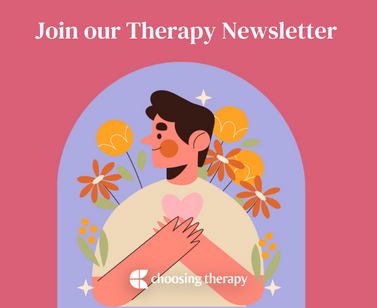Marijuana (weed) withdrawal symptoms typically include sleeplessness, tiredness, anxiety, and moodiness. As many as 3 out of 10 users may experience marijuana use disorder, and signs of weed withdrawal after cessation often include intense cravings, nausea, vomiting, and lack of appetite.1 Weed withdrawal typically lasts up to three weeks but may vary based on dependence and usage.
Would you like to try therapy? Most people (76%) who try therapy have a positive experience! Stat Source BetterHelp has over 20,000 licensed therapists who provide convenient and affordable online therapy. BetterHelp starts at $65 per week. Take a Free Online Assessment and get matched with the right therapist for you.
What Is Marijuana Withdrawal?
Marijuana or weed withdrawal may occur when a person stops using marijuana after developing a tolerance or dependence. While less common than other addictions, a person may still develop a marijuana addiction that interferes with daily living after prolonged use.2 Dependence results in less physical sensitivity to a drug, requiring increased amounts and frequency to achieve the same result. Recent data suggests that 30% of those who use marijuana may have some degree of marijuana use disorder.2
Weed withdrawal symptoms typically peak a week after cessation, usually reducing within two or three weeks. However, psychological symptoms may persist. Quitting cannabis is unlikely to be life-threatening or require medical managment, unlike Xanax Withdrawal or Benzodiazepine Withdrawal.
Marijuana Withdrawal Symptoms
Marijuana withdrawal symptoms can range from mild to severe depending on the amount, potency, and frequency of use. Chronic use often correlates with a higher likelihood of significant withdrawal symptoms. Individuals who are polysubstance users, experience co-occurring disorders, or started cannabis use before 18 are more likely to experience substantial weed withdrawal symptoms.
Marijuana withdrawal symptoms may include:
- Insomnia
- Anxiety
- Nervous breakdown
- Depression
- Stomach problems, nausea, decreased appetite
- Strange and vivid dreams
- Tiredness
- Irritability
- Craving
How Long Does Marijuana Withdrawal Last?
Cannabis withdrawal may develop after cessation of the drug, and individuals will likely experience loss of appetite, anxiety, and insomnia within the first 24-72 hours. Marijuana withdrawal symptoms will peak within the first ten days, with many physical symptoms, such as stomach aches, vomiting, and perspiration, leveling off as the body becomes less dependent on THC. Weed withdrawal usually subsides within 10 to 20 days, although cravings and psychological symptoms may persist, and many people may show signs of relapse due to discomfort.
A study of 29 non-treatment-seeking male cannabis users found that abstinence withdrawal symptoms were highest in the initial phases of monitored abstinence but decreased over time.3 Sleep disturbances seemed to continue and even increase over time. THC withdrawal symptoms influence the likelihood of relapse, with 65–70% of cannabis smokers reporting symptom relief contributed to continuation.3 Therefore, monitoring the marijuana withdrawal timeline is important in improving successful detox efforts.
What Causes THC Withdrawal?
Marijuana withdrawal may occur for various reasons, but symptoms often develop as levels of THC in the bloodstream decrease.4 Cannabinoids interact directly with the brain through the endocannabinoid system, specifically CB1 and CB2 receptors. CB1 receptors are prevalent in areas interacting with memory, cognition, anxiety, pain reception, and coordination, and CB2 receptors work throughout the peripheral nervous system on anti-inflammatory activity in the body. Similar to alcoholism or binge drinking, the amount and frequency of marijuana use factor into how users experience withdrawal. However, unlike alcohol, marijuana lingers in the body in the fatty tissues for weeks after quitting.
6 Ways to Minimize Weed Withdrawal Symptoms
Detoxing from weed often includes strategies that increase physical comfort during withdrawal and improve emotional well-being. Keeping an open mind about trying new behaviors and being consistent is vital to moving from compulsive use of cannabis to abstinence. Cravings will begin subsiding as new behaviors are formed and associated with positive physical and emotional experiences.
Below are six tips to help alleviate marijuana withdrawal symptoms:
- Stay hydrated: Dehydration is a common marijuana withdrawal symptom, and staying hydrated can help you mitigate associated discomfort.
- Healthy, regular meals: A healthy balance of proteins, carbohydrates, and fats will promote satiety and stable hormone levels to help you feel better.
- Exercise: Exercise boosts mental health and overall well-being. If you are new to exercise, try walking and gentle stretching. More experienced individuals may benefit from continuing their routine or finding complementary activities. For example, if you typically concentrate on strength, find new mobility routines.
- Practice self-care: When it comes to self-care, think beyond the usual advice. Consider prioritizing your well-being above social pressures to do things associated with marijuana use.
- Socialize with intention: Reducing isolation is a healthy coping skill, but be sure your relationships are with people who promote healthy behaviors and marijuana abstinence.
- Wean off slowly: Try a harm-reduction approach to help manage weed withdrawal symptoms. A gradual reduction in the amount, type, and frequency of use can help. Marijuana concentrates (“dabs”), blunts, spliffs, and vapes tend to deliver more intense highs.
Cannabis Withdrawal Treatment
Individuals decide whether or not to seek THC withdrawal treatment. However, you may benefit from professional help if you cannot stop usage on your own, are preoccupied with marijuana, are experiencing a reduced ability to manage your life, or have severe symptoms such as marijuana-induced hyperemesis. Cannabis withdrawal is best managed through an integrated approach involving individual and group care, inpatient or outpatient care, and perhaps medication to address the causes of the disorder.
Treatment options for weed withdrawal may include:
At-Home Care for THC Withdrawal
Many people can safely and successfully detox from cannabis at home, but you may want an understanding friend or partner with you for a few days while the worst symptoms subside. You may benefit from discussing your planned detox with your primary care physician or psychiatrist.
Below are some preparation tips for an at-home detox:
- Rid your home of marijuana and smoking devices
- Stock up on healthy groceries
- Plan some alternative activities such as hobbies during detox
- Plan some things to get you out of the house
- Plan to journal about thoughts and feelings that arise
- Alter your routine, especially the parts that remind you of smoking
Rehab & Detoxification Centers for Marijuana Withdrawal
Addiction treatment centers offer detox, inpatient treatment, and possibly aftercare. You will need a clinical evaluation where your need for treatment will be evaluated using ASAM criteria before admittance.5 The best treatment setting for you will depend on the level of marijuana use (or other substance use) and any co-occurring somatic symptoms or mental health disorders.
A social worker in a community health setting, such as a non-profit, county mental health center, or Federally Qualified Health Center, can link you to treatment options and help with any other needs. Marijuana detox treatment programs will offer a range of therapeutic modalities, relapse planning, and medical oversight.
Intensive Outpatient Programs for THC Detox
Intensive outpatient programs provide intensive treatment including group, and individual treatment, relapse prevention, and support for detox and cravings. Such treatments can offer a middle ground between home detox and inpatient treatment, and some intensive outpatient therapy programs are specifically designed not to disrupt work schedules. However, professionals may recommend taking medical leave (FMLA) so you can concentrate on recovery.
Cannabis Use Support Groups & Therapy
Individual therapy can help you address the emotional or co-occurring behavioral health conditions that underlie marijuana use disorder and develop coping skills for managing cravings and avoiding relapse. You can also learn coping skills to enhance recovery by starting group therapy or finding a therapist in an online therapist directory.
Below are therapies that can help you manage addiction and weed withdrawal symptoms:
- Cognitive behavioral therapy (CBT): Cognitive behavioral therapy examines the thoughts that underlie drug use, and clients learn to reframe their thoughts and improve the feelings, motivations, and behaviors that follow. CBT is also effective for co-occurring anxiety or depression.
- Dialectical behavior therapy (DBT): Dialectical behavior therapy focuses on developing mindfulness and coping skills to manage stressful situations. Clients learn to choose behaviors and environments that promote sobriety by building moment-to-moment awareness.
- Eye movement desensitization and reprocessing therapy (EMDR): EMDR was specifically designed to address trauma, and may be helpful in recovery if trauma is the underlying reason for drug use.
- Contingency management therapy: This is a behavior-based approach that involves the introduction or removal of rewards based on positive behaviors.
- Motivational enhancement therapy: This person-centered approach relies on clients’ internal reasons and desires to stop marijuana use. Motivational enhancement therapy works within their willingness to change, and “change talk” is supported as the desire to change grows.
Medications
Medication-supported treatment of addiction is an evidence-based approach for many substance use disorders, offering relief from cravings and the most difficult symptoms of withdrawal until a recovery-oriented lifestyle and coping skills are adopted. There are no specific FDA-approved medications for cannabis use disorder, but many have proven supportive in recovery.
Multivitamins or B, C, and E vitamins can support overall health and reduce the oxidative stress caused by drug use and subsequent withdrawal, or calcium and magnesium supplements can help calm the nervous system and reduce anxiety. Sedatives (like benzodiazepines) can help decrease nausea and improve appetite and sleep during withdrawal, and cannabidiol (CBD) may also be used for pain and nausea. It is important to note that OTC CBD products do not have sufficient doses of CBD to be effective for medical use.
Final Thoughts
Some cannabis users may moderate their use, while others want to abstain completely from marijuana use. Admittedly, there will be some discomfort after stopping, but there are treatments to help you with marijuana withdrawal. Be honest with yourself and others about the frequency and amount of marijuana use to formulate a plan. Discuss your weed consumption with your healthcare team and family before taking the first step.
To help our readers take the next step in their mental health journey, Choosing Therapy has partnered with leaders in mental health and wellness. Choosing Therapy is compensated for marketing by the companies included below. Online Treatment for Opioids or Alcohol, Including Medication. Workit Health – Modern, personalized recovery that combines medication, a supportive community, and helpful content. Covered by many insurance plans. Currently available in FL, TX, OH, MI, and NJ. Visit Workit Health Alcohol Treatment – Cut Back or Quit Entirely Ria Health – Quickly change your relationship to alcohol with our at-home program. On average, members reduce their BAC levels by 50% in 3 months in the program. Services are covered by many major health plans. Visit Ria Health Drug Addiction Rehab Centers Recovery.com – Find the best local detox or drug rehab center covered by your health insurance. Search by location, condition, insurance, and more. Read reviews. Start Your Search Telehealth Treatment For Opioid Use Disorder Bicycle Health – offers therapy, support, and medication for addiction treatment (MAT). MAT offers the lowest relapse rates for opioid use disorder, helping people to stop using opioids with minimal physical discomfort. Covered by most major insurance. Visit Bicycle Health Drinking Moderation Sunnyside – Want to drink less? Sunnyside helps you ease into mindful drinking at your own pace. Think lifestyle change, not a fad diet. Develop new daily routines, so you maintain your new habits for life. Take a 3 Minute QuizAdditional Resources
For Further Reading
Best Online Medication-Assisted Treatment Programs Online medication-assisted treatment programs are fairly new to the telehealth industry, but existing companies are expanding quickly with new programs emerging every day. It’s important to explore your options and understand the level of virtual care available so you can choose the best addiction treatment program for you.
Best Mindful Drinking Apps If you’re thinking about joining the sober curious movement and you’d like to cut back on drinking, mindful drinking apps are a great place to start. Practicing mindful drinking can take some time, attention, and patience, but with the help of the right app, you can completely transform your relationship with alcohol.





